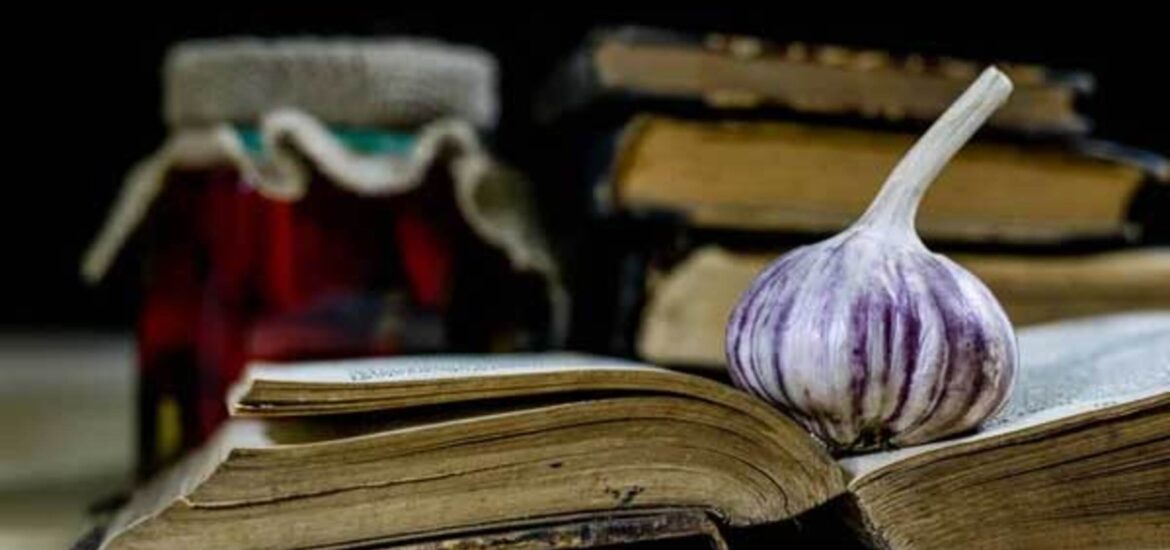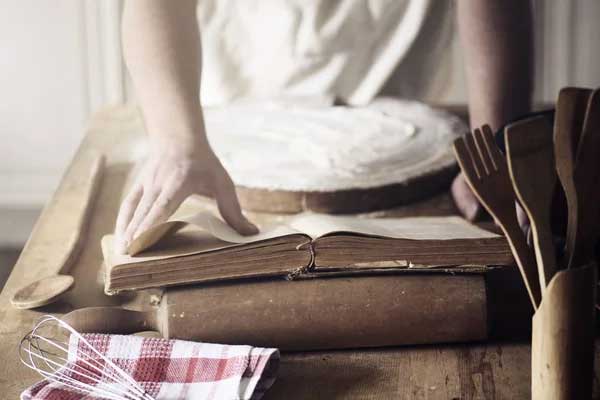Cooking has always been an essential part of human culture, and throughout history, people have recorded their culinary knowledge in cookbooks. These books not only provide recipes but also offer a glimpse into the way people lived, ate, and cooked in different eras. Collecting historical cookbooks can be a fascinating hobby for those interested in culinary history, and it can also be a valuable resource for chefs, historians, and food enthusiasts. In this article, we will explore the world of historical cookbooks, why collecting them matters, how to uncover culinary treasures from the past, tips for starting your own collection, and must-have cookbooks for avid collectors.
Exploring the World of Historical Cookbooks
Historical cookbooks come in all shapes and sizes, ranging from handwritten manuscripts to printed books from centuries past. These books offer a unique perspective on the culinary traditions of different cultures and time periods. Some cookbooks focus on specific ingredients or techniques, while others provide a comprehensive overview of cooking in a particular era. Collectors can find cookbooks from ancient civilizations, medieval Europe, colonial America, and more, each offering a window into the past through the lens of food and cooking.
Why Collecting Historical Cookbooks Matters
Collecting historical cookbooks is not just about acquiring old books; it is about preserving and celebrating our culinary heritage. These books contain valuable information about traditional recipes, cooking methods, and ingredients that may have been lost or forgotten over time. By collecting and preserving historical cookbooks, we can ensure that this knowledge is not lost and that future generations can continue to learn from and appreciate the rich culinary history of our ancestors.
Uncovering Culinary Treasures from the Past
One of the joys of collecting historical cookbooks is the thrill of uncovering hidden culinary treasures from the past. These books often contain recipes that have been passed down through generations, offering a glimpse into the daily lives and tastes of people from centuries ago. Collectors may discover forgotten dishes, unusual ingredients, or unique cooking techniques that can inspire their own culinary creations. Each cookbook is a time capsule of flavors and traditions waiting to be explored and enjoyed.
| Cookbook Title | Author | Year Published |
|---|---|---|
| “The Art of Cookery Made Plain and Easy” | Hannah Glasse | 1747 |
| “La Cuisine Française” | Marie-Antoine Carême | 1833 |
| “The Joy of Cooking” | Irma S. Rombauer | 1931 |
Tips for Starting Your Own Cookbook Collection
If you are interested in starting your own collection of historical cookbooks, there are a few tips to keep in mind. First, decide what type of cookbooks you want to collect, whether it be regional cuisine, specific time periods, or famous chefs. Next, research reputable book dealers, antique shops, and online auctions to find rare and valuable cookbooks. It is also essential to properly store and care for your collection to preserve its condition and value. Lastly, join cookbook collector groups or attend food history events to connect with other enthusiasts and learn more about the world of historical cookbooks.
Historical Cookbooks: A Window into the Past
Historical cookbooks offer a unique perspective on the past, allowing us to see how people lived, ate, and cooked throughout history. These books not only document the evolution of culinary traditions but also reflect broader social, cultural, and economic trends. By studying historical cookbooks, we can gain insight into the daily lives of people from different eras and regions, as well as the ways in which food has shaped human history. Each cookbook is a window into the past, offering a rich tapestry of flavors, stories, and traditions waiting to be explored.
Must-Have Cookbooks for the Avid Collector
For avid collectors of historical cookbooks, there are several must-have titles that are considered essential for any serious collection. “The Art of Cookery Made Plain and Easy” by Hannah Glasse, first published in 1747, is a classic work of English cookery that has influenced generations of chefs. “La Cuisine Française” by Marie-Antoine Carême, published in 1833, is a seminal work of French gastronomy that is still revered today. “The Joy of Cooking” by Irma S. Rombauer, first published in 1931, is an iconic American cookbook that has become a staple in many kitchens. These and other essential cookbooks offer a wealth of culinary knowledge and historical insight for collectors to enjoy and treasure.
Collecting historical cookbooks is not just a hobby; it is a way to connect with our culinary heritage and explore the rich tapestry of flavors, stories, and traditions that have shaped the way we cook and eat today. By delving into the world of historical cookbooks, we can uncover hidden culinary treasures from the past, gain insight into the lives of our ancestors, and preserve the knowledge and traditions of bygone eras. Whether you are a chef, historian, food enthusiast, or simply a lover of books, collecting historical cookbooks can be a rewarding and enriching experience that offers a taste of history unlike any other.


